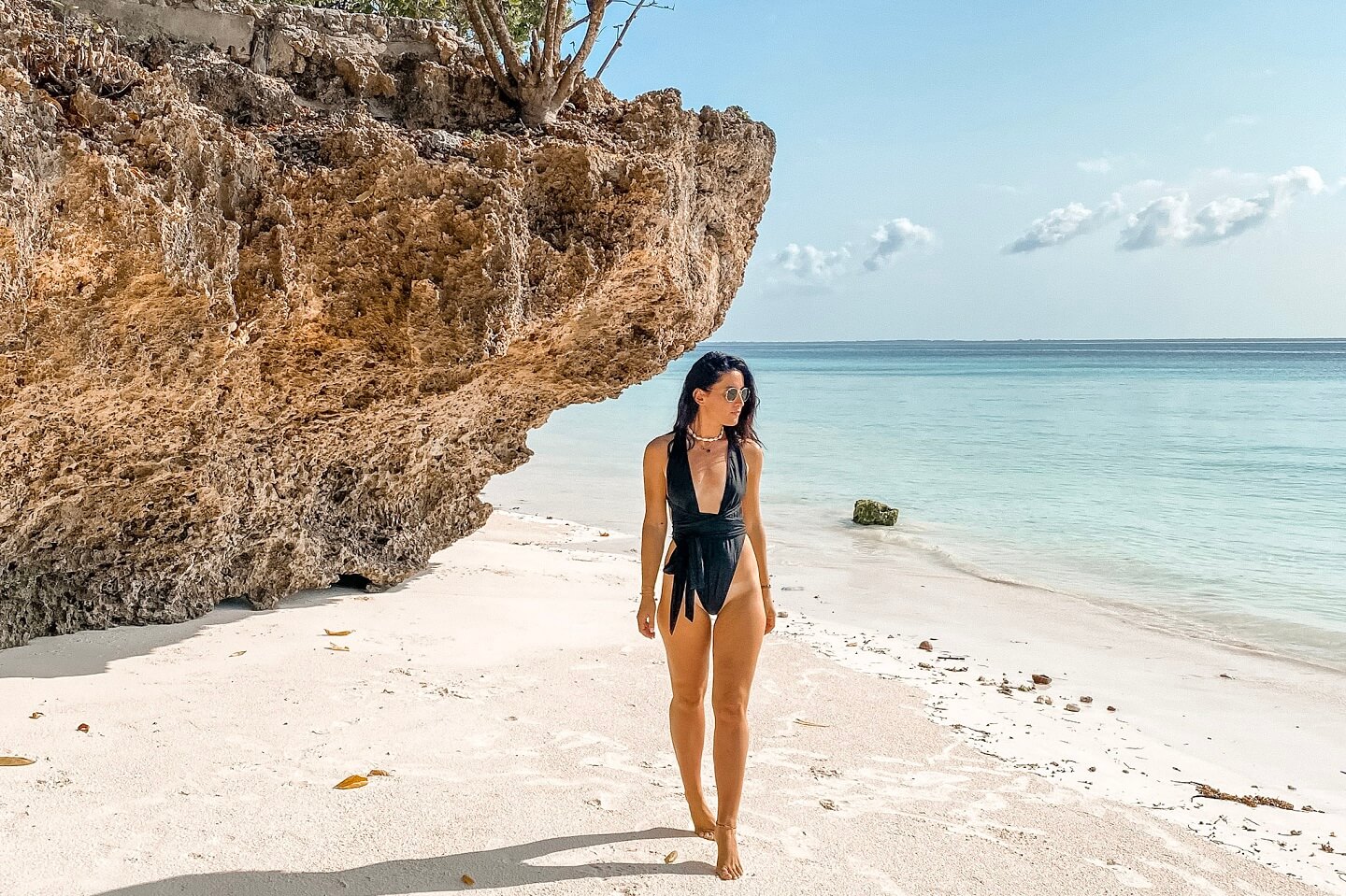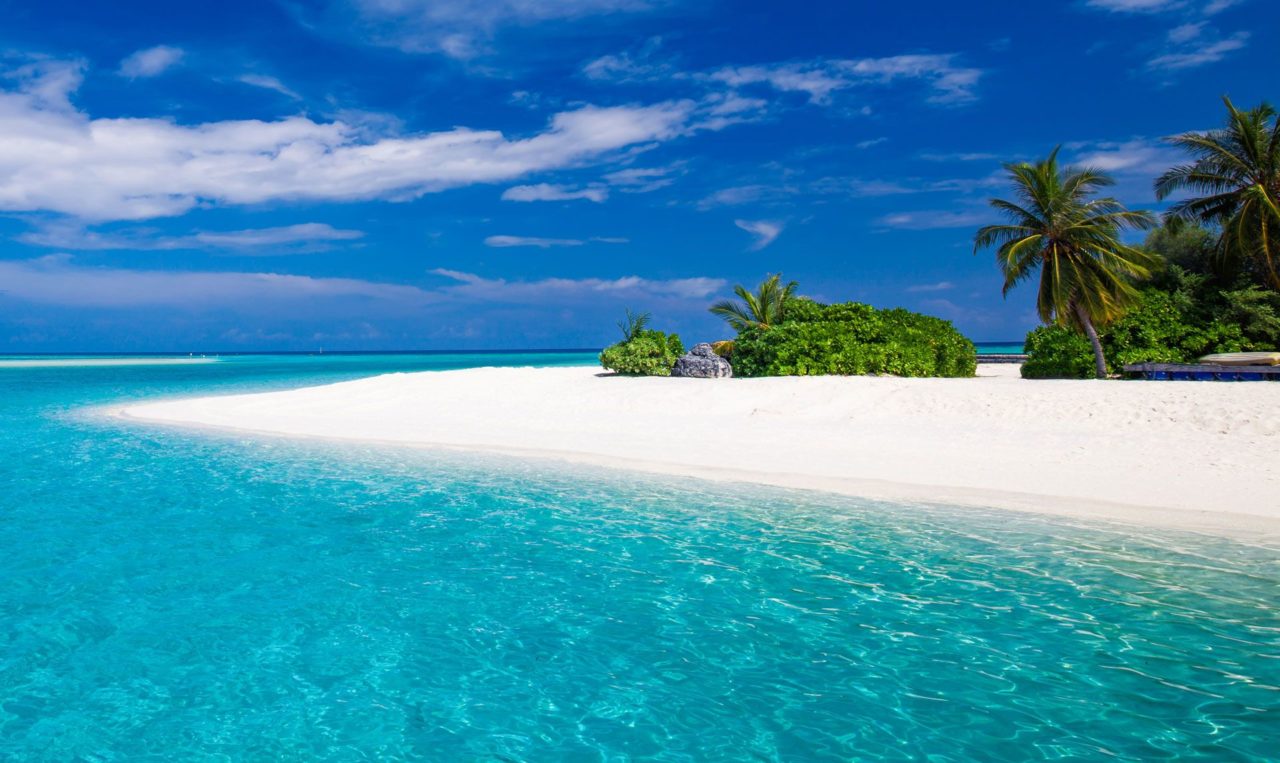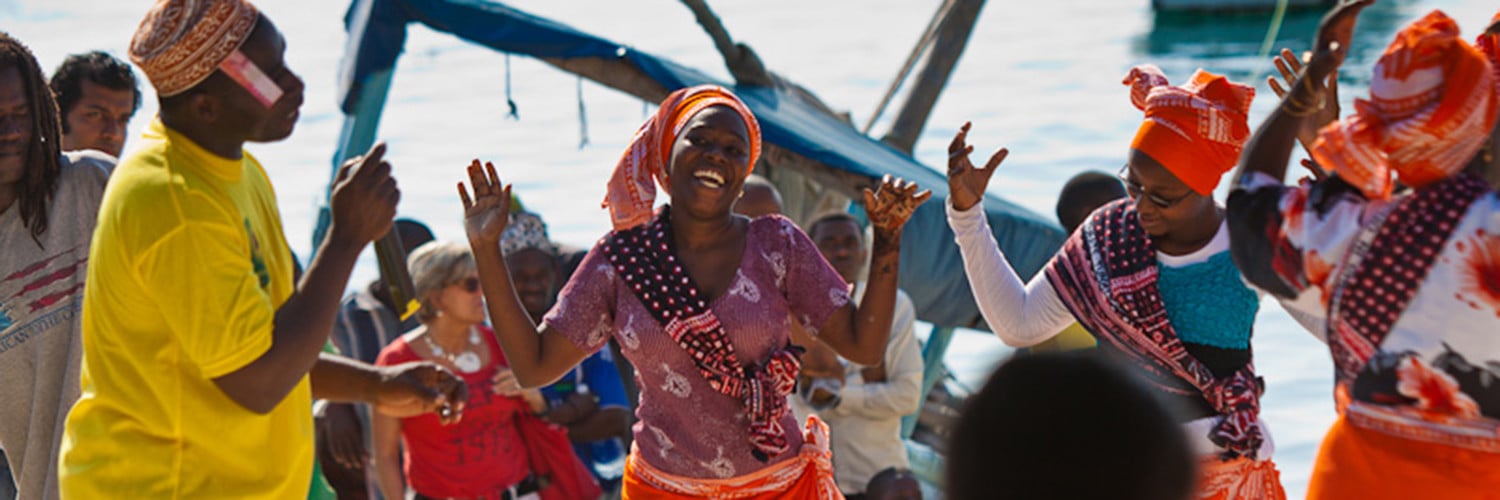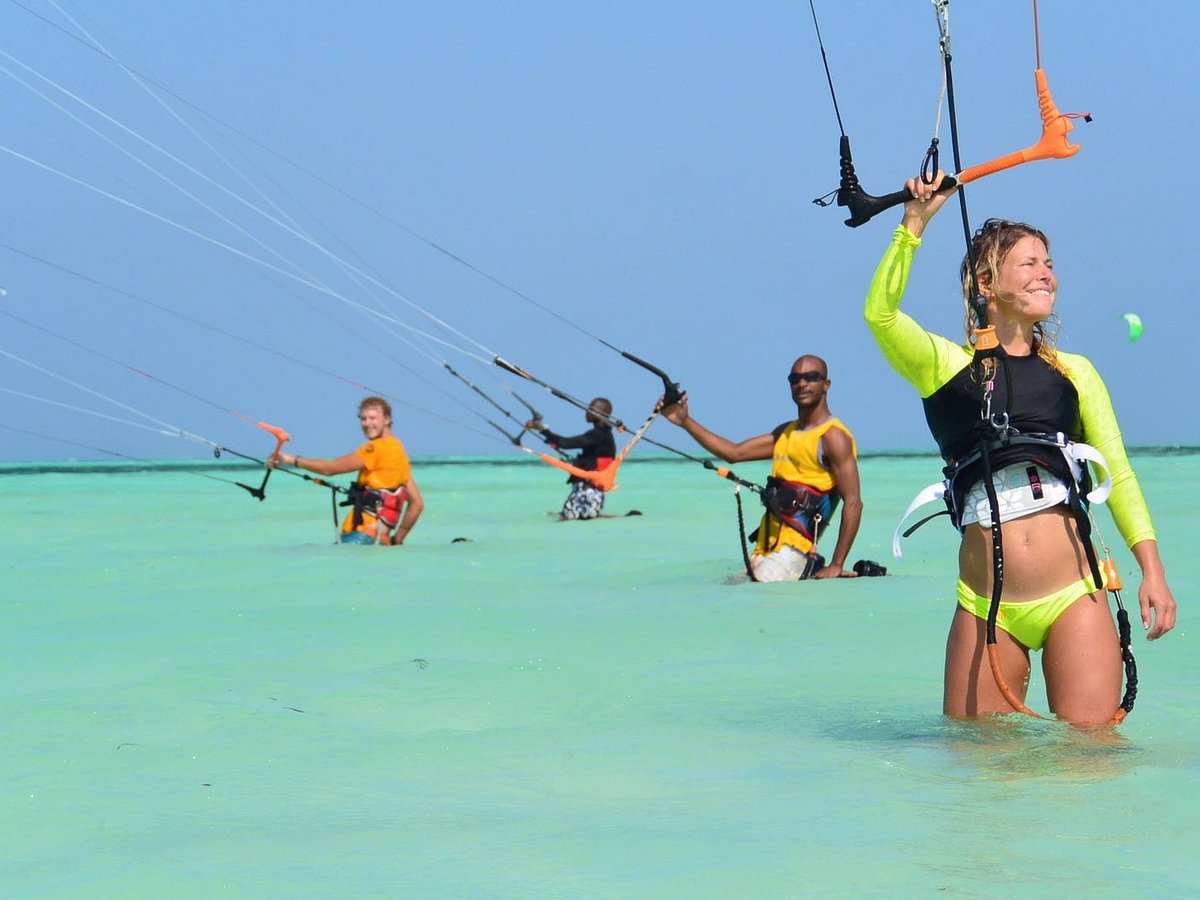

Zanzibar is a place that does not reveal itself at once. You step off a plane or ferry and immediately notice the scents—spices, salt, sea air—and the way the wind moves through coconut palms. The sky stretches further than you thought possible, the horizon softens the edges of reality, and you realize maps cannot capture its scale. Zanzibar is not important merely because it is picturesque. It matters because it is alive, a place where culture, nature, and ocean converse in rhythms you can feel in your chest.
If you want practical knowledge—how to get there, where to stay, what to eat—you will find it here. But if you want the story—the pulse of Stone Town, the quiet of Nungwi at sunrise, the lull of waves at Paje—you will find that too. Both layers belong together: the logistics and the wonder, inseparable, like land and tide.
On the map, Zanzibar is a jewel off Tanzania’s coast, a collection of islands surrounded by turquoise waters. But maps are blunt instruments. They cannot describe how sunlight dances on water, or how narrow streets in Stone Town hum with history, or how mangroves in Jozani sway in a rhythm older than any tourist itinerary.
The main island, Unguja, holds centuries of stories in its streets, palaces, and forts. Its volcanic past shaped rolling hills, coral rag formations, and fertile soils that allowed spices to thrive. Mangrove forests and pristine reefs act as living infrastructure, guarding the coastline and sustaining life both human and wild. The land is layered, history, ecology, and culture stacked and intertwined, offering a depth few islands can claim.

Stone Town is more than a historic district; it is the heartbeat of Zanzibar. Walk its narrow alleys, and the city speaks in scents and sounds: the pungent aroma of cloves mingles with the sweetness of freshly baked bread, wooden shutters cast geometric shadows, and every doorway has a story.
The House of Wonders tells a story of innovation, trade, and Swahili architecture. The Forodhani Gardens come alive at dusk, sizzling with seafood grills and the chatter of families. And the spice markets are classrooms of history: a vendor might hand you a cinnamon stick and tell the story of his family, how they cultivated nutmeg and cardamom for generations. History is not a display here—it is tactile, fragrant, and immediate.
Insider Tip: Ask for a guided tour with a local merchant. The aromas alone will teach you more than a textbook ever could.

Zanzibar’s beaches are personalities, not commodities.
Nungwi Beach hums with energy, waves carrying laughter and music. Early mornings are calm; evenings are ablaze with sunset hues.
Kendwa Beach is meditative, where time feels elastic and footprints fade before the tide.
Paje Beach is movement: kite surfers slice across aquamarine waters, teaching balance, patience, and thrill.
Water is a teacher here. Mnemba Atoll, northeast of the island, is a living mosaic of coral, fish, and turtles. Snorkeling is not sightseeing—it is immersion in a fragile ecosystem. Even the dolphins seem deliberate in their presence, circling as if aware you are a temporary visitor in a perpetual dance.
Pro Tip: Bring biodegradable sunscreen. You are part of the ecosystem for the hours you spend in it.

Zanzibar is the Spice Island for a reason. But spices are not just flavor; they are history. Indian, Arab, African, and Portuguese influences converge in every meal.
Street Zanzibar Pizza blends sweet and savory into a single bite.
Seafood Curry showcases the ocean’s abundance married with local spice expertise.
Urojo (Zanzibar Mix) is a street soup of chickpeas, potatoes, and tangy flavors.
Tropical fruits—mangos, coconuts, and pineapples—offer daily, vivid proof of the island’s generosity.
Culinary Tip: Join a cooking class. Learn not only the recipes but the stories behind them. Swahili cuisine is a conversation; the spices are words, the dishes sentences.

Zanzibar is not just a playground; it is a living laboratory.
Jozani Chwaka Bay National Park is quiet and deliberate. Red Colobus monkeys move like punctuation in the forest canopy. Mangroves filter water, protect the coastline, and provide refuge for countless species. Here, the lessons are subtle: human presence is temporary, nature is patient, and respect matters.
Prison Island, home to giant tortoises, teaches history in both ecology and humanity. Visitors are reminded that the past is tangible, and the present is intertwined with conservation.
Sustainability is not an optional add-on in Zanzibar; it is the rhythm of life. Eco-friendly resorts, reef-conscious dive operators, and community tourism ensure the island retains its soul while welcoming visitors.

Zanzibar’s culture is a tapestry of centuries of trade, migration, and settlement. The Zanzibar International Film Festival (ZIFF) celebrates this heritage each year, drawing filmmakers, musicians, and storytellers to the island.
Village tours reveal daily life: fishermen casting nets at dawn, artisans carving dhows, women weaving mats from palm leaves. Music is omnipresent: taarab melodies float through evening air, blending Arab strings with African percussion. Learning even a few Swahili words—“Jambo” for hello, “Asante” for thank you—opens doors into local hospitality and stories.
Currency & Payments: Tanzanian Shilling (TZS) is official; USD is widely accepted. Credit cards work in larger hotels; cash is essential for markets.
Health & Safety: Vaccinations (Hepatitis A & B, Typhoid) recommended. Malaria prophylaxis is advised. Travel insurance is essential.
Connectivity: 4G in major towns; local SIM cards affordable and convenient.
Travel Timing: June-October and December-February offer dry, sunny weather. Low-season visits (March-May) can be quieter and lush but wetter.

Wander alleyways, visit historic sites, taste street food. Let your eyes and ears absorb history.
Snorkel at Mnemba Atoll, kite surf at Paje, relax at Kendwa. Water shapes experiences, teaches patience, and leaves memories etched in salt and sunlight.
Plantations reveal centuries of cultivation, fragrance, and trade. Picking a clove or cinnamon stick feels like holding history in your hand.
Jozani monkeys, coral reefs, and mangroves offer lessons in ecology. Each encounter is a conversation with life itself.
Traditional dhows glide on the Indian Ocean at sunset. Time slows; the sky deepens; the ocean hums.
Luxury Meets Sustainability: Resorts now combine comfort with eco-conscious design.
Digital Nomad Hotspots: Fast Wi-Fi and co-working spaces in Paje and Nungwi attract remote workers.
Experiential Travel: Cooking classes, spice tours, and cultural immersion dominate itineraries.
Wellness Tourism: Yoga, meditation, and spa retreats on serene beaches are increasingly popular.
Zanzibar is not merely a destination; it is an experience. It teaches through beaches, streets, spices, and ocean currents. Walking through Stone Town, sailing at sunset, or tasting a curry in a village market is not only a journey but a dialogue with history, culture, and nature.
Time in Zanzibar feels deliberate. The island asks for curiosity, patience, and respect. Visitors leave not just with photos but with impressions that linger—salt on skin, scent of cloves, the sound of waves threading through palm fronds.
For travelers in 2025-2026, Zanzibar is a reminder that travel can be immersive, reflective, and deeply human. It is a place where the practical and the poetic coexist, where adventure and relaxation are partners, and where every visitor becomes a participant in a story far older and richer than any itinerary could capture.